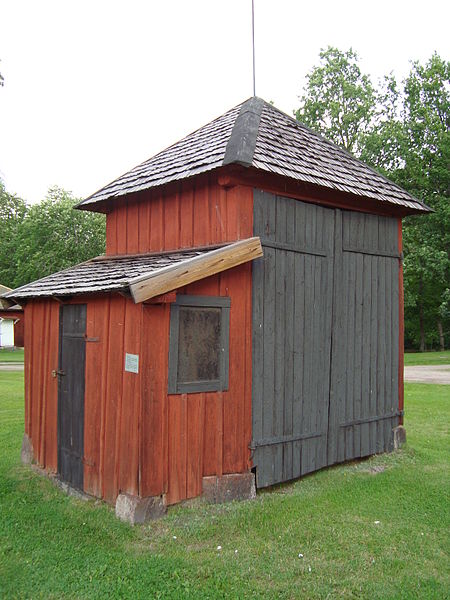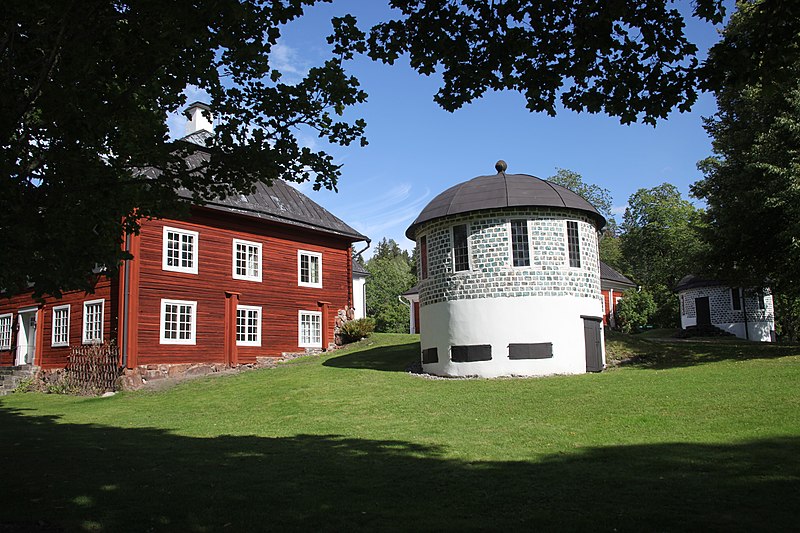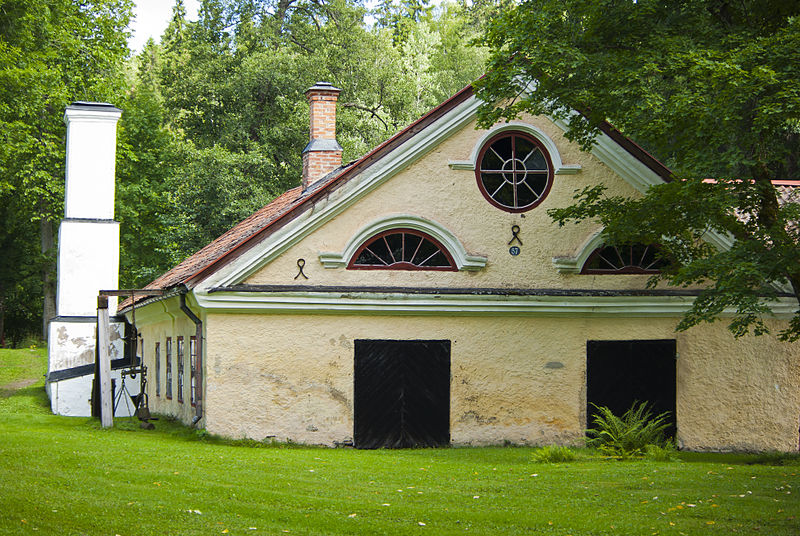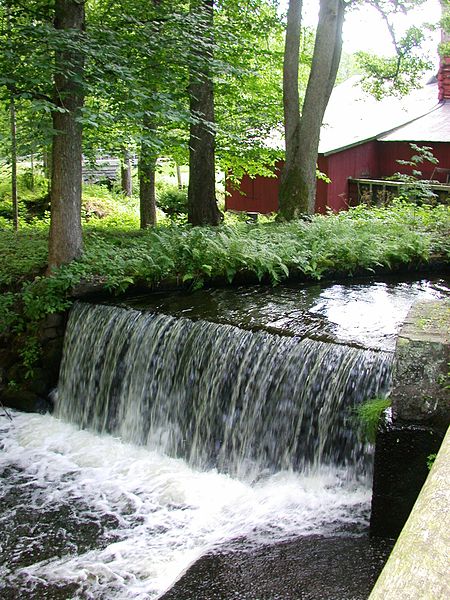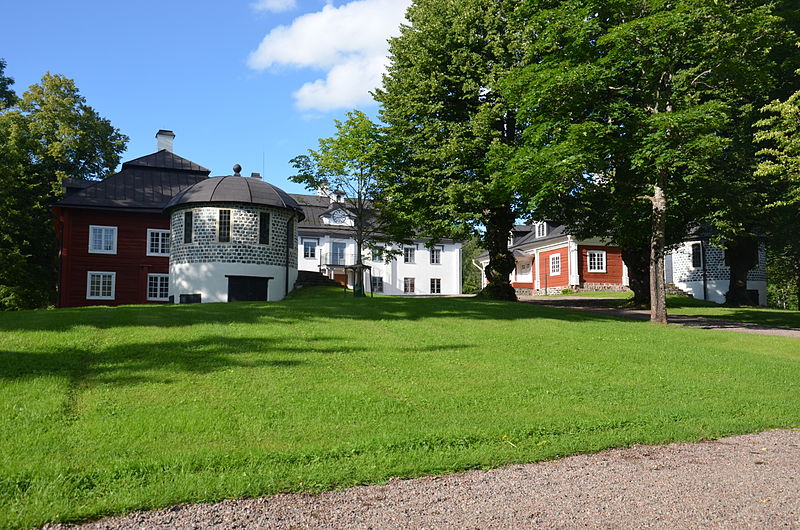Engelsberg Ironworks
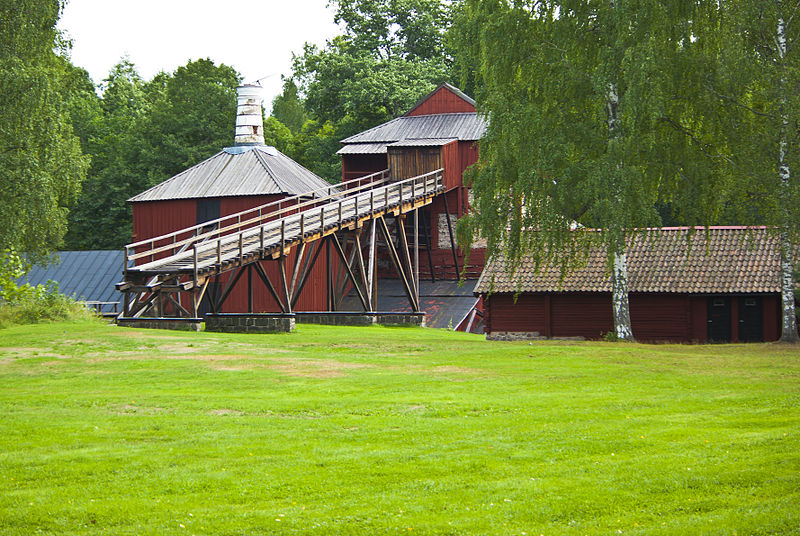
Facts and practical information
Engelsberg Ironworks, nestled in the bucolic landscape of Sweden, stands as a testament to the country's industrial heritage. This historic ironworks, now functioning as a museum, offers visitors a unique glimpse into the technological advancements and social history of the 17th and 18th centuries.
Founded in the early 17th century, Engelsberg Ironworks became one of the world's most modern ironworks of its time. It played a pivotal role in the development of iron production and was instrumental in propelling Sweden to the forefront of iron exportation during the industrial era. The site is remarkably well-preserved, allowing guests to step back in time and explore the original furnaces, forges, and manor house that once orchestrated the bustling production of high-quality iron.
The ironworks is celebrated for its innovative use of water-powered hammers and bellows, which significantly increased productivity and efficiency. This ingenuity is highlighted throughout the museum, with exhibits detailing the processes and machinery used to extract and refine the iron ore. Visitors can also learn about the lives of the workers and their families who lived and toiled in the Engelsberg community, adding a personal dimension to the industrial narrative.
Engelsberg Ironworks was recognized by UNESCO as a World Heritage Site in 1993, underscoring its significance as an exceptional example of the industrial era. Today, the museum not only serves as an educational resource but also as a picturesque venue for cultural events and gatherings.
Engelsberg Ironworks – popular in the area (distance from the attraction)
Nearby attractions include: Engelsberg–Norberg Railway, Engelsbergs oljefabrik, Skulpturparken Ängelsberg, Ängelsberg.


